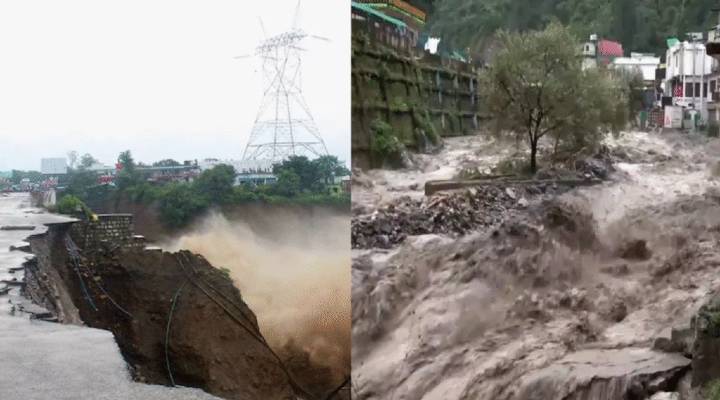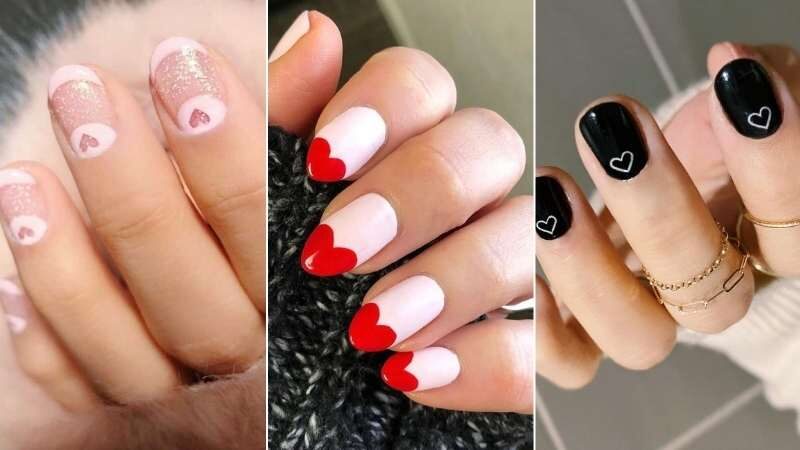When Beauty is the Beast: Cosmetic Products that Damage the Environment
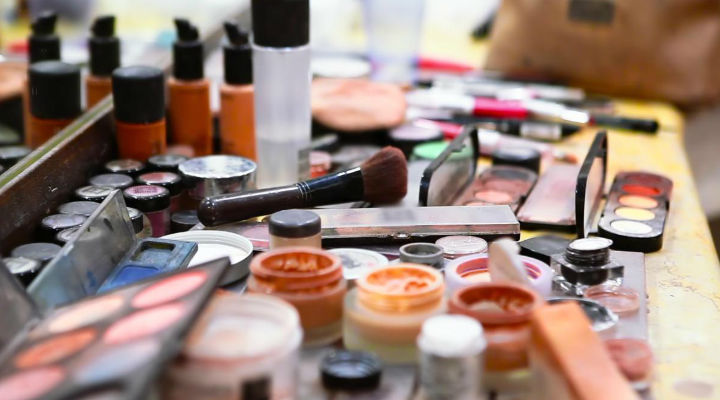
We look forward to being presentable and proper all the time. Consequently, we all use beauty products that claim to help us achieve these standards. I am guilty of using many too but after reading about the harmful effects that some of these beauty products have on the environment, I have cut them down drastically. Let us look at some of these apparently ‘innocent’ beauty products that we use daily.
Cosmetics with palm oil
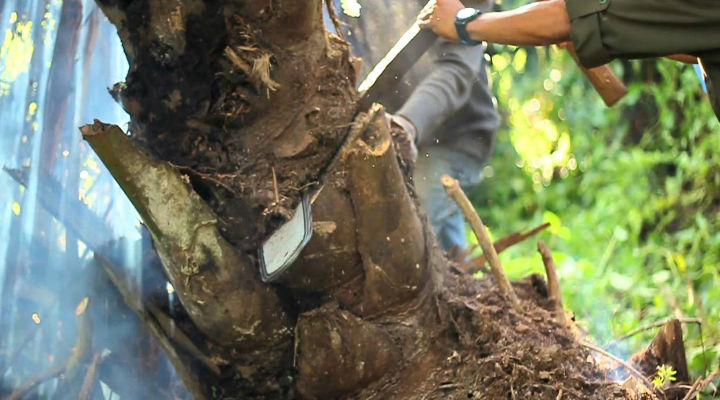
Palm oil is so frequently used in cosmetic preparations like moisturisers and creams that manufacturers have resorted to unsustainable practices to procure it. Some of its direct implications are indiscriminate cutting of trees, burning of landscapes and emptying of peat. It is therefore imperative that we read the label of every cosmetic product and shun those that have palm oil. Alternatively, look for products that use palm oil from sustainable sources.
Cosmetics with Petroleum-based ingredients
Petroleum jelly, commonly known as petrolatum, is a common ingredient of lip balms and many other cosmetics. It is derived from a non-renewable energy source and might contains aromatic long chain compounds that are potentially toxic to wildlife. Needless to say, these compounds are also harmful for the person who uses these cosmetics.
Hand-wash soaps with triclosan

Many liquid soaps contain triclosan. This compound ranks very high in the list of chemicals that are hazardous for wildlife. When you wash your hands, the soap goes from the sinks to sewage. From there, it reaches local water bodies and causes havoc to aquatic life. You never really thought about this, did you?
Sulfate containing shampoos
Sulfate is yet another unfriendly chemical group in our cosmetic preparations. If you look at the ingredient list of your shampoo, you will probably find SLES (Sodium Laureth Sulfate) written there. Just like triclosan, sulfates reach local water bodies and kill aquatic organisms.
Cosmetics with microbeads
Cosmetic products containing magical microbeads, like face washes, toothpastes and exfoliants, are best avoided. This is because these microbeads are derived from polythene and using them only adds to plastic pollution. A large number of fish consume these beads, which are further passed on to humans who consume such fish. Any form of plastic inside any living organism is a sure shot recipe for disaster.
Cosmetics containing siloxanes
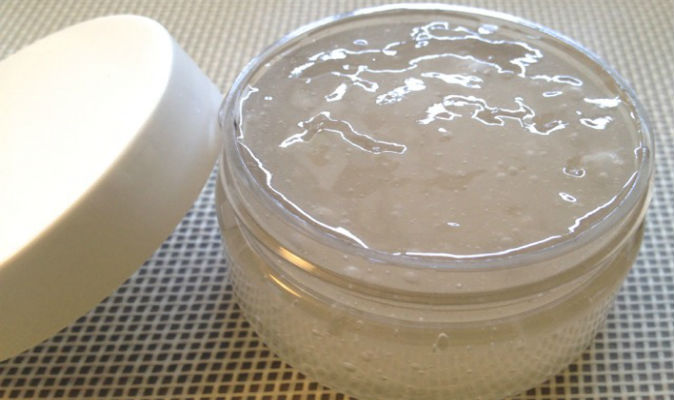
All those hair gels and anti-ageing serums that you use might be causing severe damage to wildlife, did you know? This is because most of these cosmetics contain siloxanes or silicones that reach the water bodies after you wash your face or hair and get accumulated in aquatic organisms. Eventually, they reach humans who consume seafood laden with this chemical.
So, what can we do for the environment?
A lot, Really! We all can make this world a better and healthier place by simply being aware and responsive.
- Be aware about the different chemicals that are not good for the environment. There is a lot of literature available online in this regard.
- Pass on this information to people around us. Use online platforms (like I am doing right now), have discussions and create awareness.
- Read the list of ingredients thoroughly and avoid products that have such chemicals.
It is not an easy journey, but we have to start somewhere.

